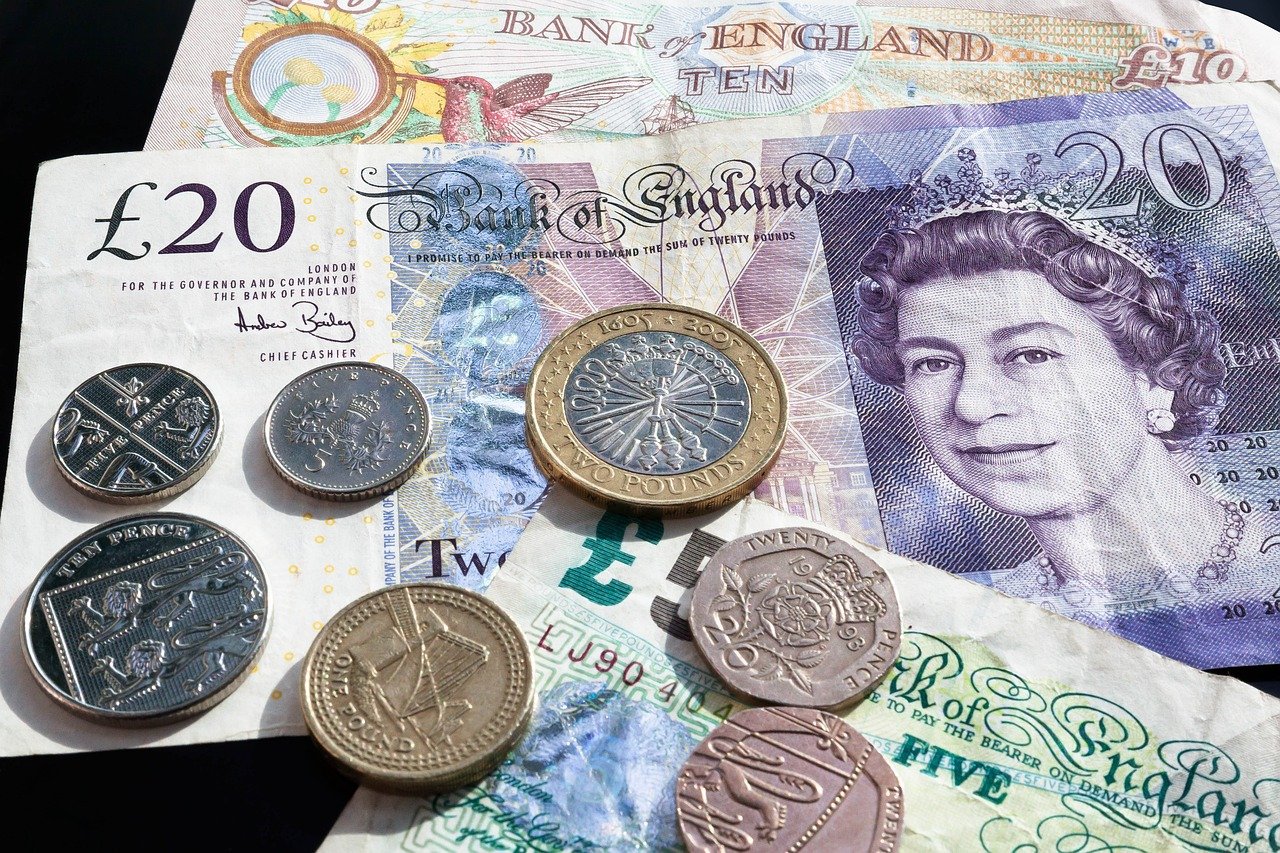The Australian Dollar (AUD) recovered on Monday, halting a six-day losing streak after the US Dollar (USD) softened following supportive US PCE inflation data that alleviated worries of surprise inflation surges. Positive Chinese economic data, including an increase in the Caixin Manufacturing PMI, further helped the AUD. Though, rising US-China trade tensions with President Trump escalating tariffs on Chinese imports threaten to spoil the outlook for the currency. Meanwhile, the AUD/USD pair struggles at key support levels of 0.6200, where technical indicators signal a dominant bearish bias except when the pair surges through resistance levels.
KEY LOOKOUTS
• Surprise in forthcoming US inflation statistics or Federal Reserve policy changes might substantially influence the AUD/USD exchange rate.
• The Australian Dollar remains sensitive to China’s economic health, with strong PMI data supporting gains while trade tensions pose downside risks.
• Heightened tariff disputes between the US and China could weigh on the AUD, given Australia’s deep trade ties with China.
• The AUD/USD pair is testing the 0.6200 support level, with potential resistance at 0.6280 and 0.6290, determining short-term market direction.
Traders must keep a close eye on important economic and geopolitical variables that are affecting the Australian Dollar (AUD). US inflation reports and Federal Reserve policy moves will be very important for determining the AUD/USD exchange rate, as any surprise change can cause volatility. China’s economic growth is still an important driver, with good PMI numbers supporting while rising US-China trade tensions offer negative risks. Market players must also observe technical levels since the AUD/USD pair tests the 0.6200 support level, with possible resistance at 0.6280 and 0.6290, which might define the short-term trend.
The Australian Dollar’s direction is dependent on US inflation data, Federal Reserve policy, and Chinese economic performance. Rising US-China trade tensions and significant technical levels also influence AUD/USD trends.
• Surprises in US inflation reports or Federal Reserve announcements have the potential to affect the AUD/USD currency exchange.
• Solid Chinese PMI reading benefits the AUD, while disappointing numbers would affect its performance.
• Escalating tariff battles between China and the US risk jeopardizing Australia’s trade-focused currency.
• Decreases in the TD-MI Inflation Gauge indicate deflating inflation, affecting the policy of the Reserve Bank of Australia.
• AUD/USD is probing the 0.6200 support, with significant resistance at 0.6280 and 0.6290.
• The USD is under pressure as inflation numbers are in line with forecasts, dampening fears of aggressive Fed tightening.
• US-Ukraine tensions and trade policies could cause general market uncertainty, indirectly influencing AUD/USD trends.
The Australian Dollar (AUD) strengthened as the US Dollar (USD) was kept under wraps after the release of US PCE inflation data, which was in line with expectations and helped alleviate concerns regarding surprise inflation surges. Moreover, positive Chinese economic news, such as an increase in the Caixin Manufacturing PMI, also supported the AUD. As China is Australia’s largest trading partner, stronger manufacturing activity boosts demand for Australian exports, reinforcing the currency’s position. Meanwhile, Australia’s TD-MI Inflation Gauge showed a slight decline, indicating a continued slowdown in inflation, which aligns with the Reserve Bank of Australia’s monetary policy stance.
AUD/JPY Daily Price Chart

Chart Source: TradingView
However, global trade tensions remain a critical factor influencing the AUD’s outlook. The US threatened further tariffs on Chinese imports, ramping up the current trade war, which might have spillover effects on Australia’s trade relations. Uncertainty over US-China relations and general geopolitical trends might impact investor attitudes towards the Australian economy. Policy moves by both the US Federal Reserve and the Reserve Bank of Australia will also influence market expectations for future economic conditions and currency movements.
TECHNICAL ANALYSIS
The AUD/USD currency pair is now probing the important support level of 0.6200, a psychological level that is important for traders. The pair is still under pressure, trading below the nine-day and 14-day Exponential Moving Averages (EMAs), indicating declining short-term momentum. The 14-day Relative Strength Index (RSI) is also below 50, which supports a bearish bias. If the currency falls below 0.6200, it will go even lower to 0.6087, the low of April 2020. To the upside, a strong resistance area will be encountered around 0.6280 (nine-day exponential moving average, EMA) and 0.6290 (14-day EMA). A sustained breakthrough of these will have it touching the latest three-month peak at 0.6408 on its retest.
FORECAST
Future moves in the Australian Dollar will tend to hinge significantly on releases of economic statistics as well as broader global sentiment. If US inflation stays under control and the Federal Reserve hints at a more conservative strategy to raise interest rates, the USD might depreciate, giving a boost to the AUD. Also, persistent strength in China’s economy, especially in manufacturing, could continue to support the Australian Dollar as Australia has close trade relations with China. A breakout above significant resistance levels could propel the AUD/USD pair further up, with the next key target around 0.6400.
On the flip side, persisting US-China trade tensions represent a major threat to the AUD’s strength. Any rise in tariffs or geopolitical uncertainty can spark risk-off flows, making the Australian Dollar lose strength. Also, if Australian inflation weakens further and induces the Reserve Bank of Australia to turn dovish, the AUD may experience further pressure. A clear breakdown below the 0.6200 support may trigger further losses, which may push the pair towards the 0.6087 level, a level which was last hit in April 2020.







